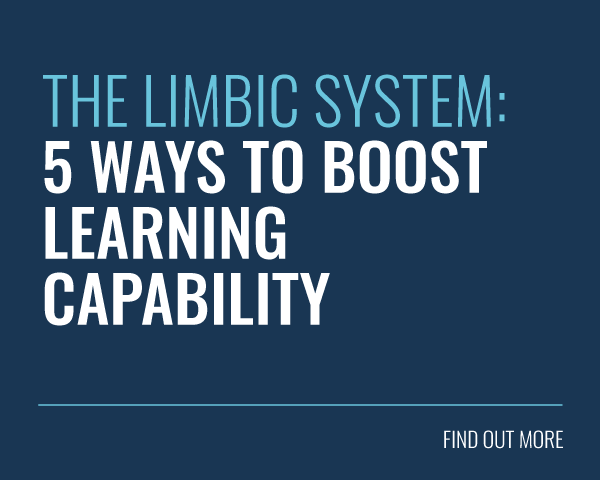 Is employee performance an issue in your business? Picture this: you manage a team of salespeople. You have a few top performers, a couple of average-performers and one lazy so-and-so who never seems to do much work, yet somehow manages to hit on the big accounts and keep their metrics up.
Is employee performance an issue in your business? Picture this: you manage a team of salespeople. You have a few top performers, a couple of average-performers and one lazy so-and-so who never seems to do much work, yet somehow manages to hit on the big accounts and keep their metrics up.
You give all your salespeople some training, and they all improve – even the top performers!
“Great!” you think. “Employee performance is soaring!”
Until suddenly… BAM. You notice that for the past two months, you’ve seen no improvements. The top performers are still the best, but overall employee performance has tapered off. “But… but the training… I thought it worked!” you wail.
The Problem
One of the problems here is that once training is given, improvements may only be temporary. Employees may take on board the training for a short while and implement the new ideas in their work, but eventually, they fall out of these new habits, forget the best techniques and wind up back where they began.
 Ericsson (2007) explains this as a problem of habituation. Well-performing employees become habituated to executing routine work proficiently, but without further improvement – it’s only through a sustained, deliberate effort to improve that these employees will see an increase in performance.
Ericsson (2007) explains this as a problem of habituation. Well-performing employees become habituated to executing routine work proficiently, but without further improvement – it’s only through a sustained, deliberate effort to improve that these employees will see an increase in performance.
It’s frustrating for trainers and Learning and Development professionals, of course, but it’s also demotivating for employees. They put all this effort into training yet find their managers back on their case only a few short weeks or months later – it’s like they just can’t win.
This cycle of train > increased performance > plateaued performance > train can be difficult to break, not to mention costly. Isn’t it better to train once, and continue to reap the rewards months or years afterwards? Of course! The solution lies in the kind of training your employees have.
The Solution
Research by McEdwards found that one of the main contributors to continued employee performance increases was ‘deliberate practice’ after the initial training (which can be delivered via online learning mechanisms). It’s a form of training that includes coached, intensive exercises conducted over a period of time, ‘aimed at perfecting skills and pushing learners beyond their level of ability’. Deliberate practice involves (over and above the actual training) mentoring, immediate feedback and on-the-job learning, rather than time-consuming and costly seminar approaches.
When McEdwards’ participants were encouraged to deliberately practise their new skills in their work environment, performance increased by 6.7 points – compared to a seminar group, who weren’t encouraged in the same way, which improved by an average of 2.9 points. Clearly, deliberate practice is a huge benefit to employees and their managers.
So how can organisations encourage this deliberate practice? Gram (2013) suggests it should be embedded in the job, with experiences ‘designed to include practice and reflection, build tactic knowledge and design rich feedback’.
Deliberate Practice and Employee Performance
 Deliberate practice is actually well suited to adult learners and goes hand in hand with the integrated use of technology in training. It can be a valuable tool when managers recognise that passive forms of training aren’t working – i.e. if sitting in a classroom or workshop isn’t resulting in the sustained performance improvements that employers need to see.
Deliberate practice is actually well suited to adult learners and goes hand in hand with the integrated use of technology in training. It can be a valuable tool when managers recognise that passive forms of training aren’t working – i.e. if sitting in a classroom or workshop isn’t resulting in the sustained performance improvements that employers need to see.
Of course, the first step in the chain will always be identifying a training deficit and choosing an initial training programme to close the gap. Research shows that mobile learning is an incredibly effective way of delivering training and development solutions, and some mobile learning platforms, are set up with deliberate practice in mind.





